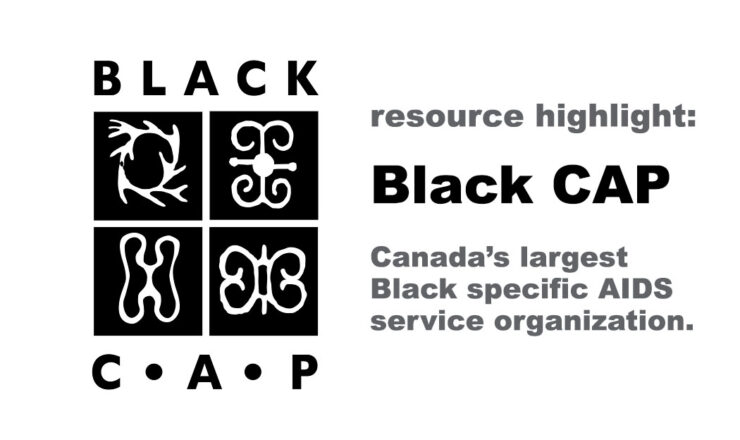
All About Getting Wet
By Teen Health Source
Arousal Fluid is a technical term for the fluid or wetness (i.e., “getting wet”) that sometimes happens if you have a vagina* and get turned on. But not always! Even though media can make it seem like *turned on = wet* every time, it’s common that you sometimes get wet when you’re not turned on, or that you’re turned on but not wet. This is called Arousal Non-Concordance, and in this article we’ll talk a bit more about what it is, and some strategies you can try to use to address it.
| NOTE |
- While this article focuses on arousal fluid, check out our article on Vaginal Fluids to learn more about other types of fluids created by vaginas.
|
What is Arousal Fluid?
- Arousal Fluid is a clear, slippery substance that people with vaginas can produce when either your brain or body feels turned on.
- This is caused by the rush of blood to the genitals that happens during arousal. This increase in blood volume pushes out fluids from the cervix (the muscular ‘cap’ between the vagina and the uterus), the two Bartholin’s glands (two pea-sized glands within the vaginal wall near the opening), and possibly the Skene’s Glands (two glands located near the opening of the urethra).
- One feature of this fluid is that it lubricates the vagina, making it easier to insert things into the vagina, whether that’s penises, fingers, sex toys, etc.
- This lubrication can help to reduce friction, and increase pleasurable sensations.
Why Might Someone Struggle to Become ‘Wet’?
- Genetics and Body Chemistry: You might just not produce large amounts of arousal fluid, no matter how turned on you are. That’s okay and totally normal.
- Lower Estrogen Levels: This might be because you have generally low estrogen levels. Or ,since estrogen levels can fluctuate during your menstrual cycle, you might find it easier to become wet right before the ovulation period of the cycle (when estrogen is highest).
- Medications: Hormonal medications (e.g., birth control pills), antidepressants, over-the-counter antihistamines, and other kinds of medications may decrease your sex drive and inhibit your arousal fluid production.
- Mood and Energy: Your body might not produce as much fluid as expected if you’re really tired, stressed, or distracted during sex.
- Vaginal Washes or Cleansers: Regular use of internal or external vaginal “washes” or “cleansers” have been tentatively shown to harm the natural/good bacterial biome of the vagina. This disruption may lead to irritation and/or a decrease in natural vaginal lubrication.
- Vitamin Deficiency: This includes lower levels of vitamins A, E, C, D, and/or omega-3 and -6 fatty acids.
- Vaginal Infections: It is possible that things like bacterial or yeast infections can contribute to not producing much arousal fluids (it’s hard to get turned on if your vagina is uncomfortable), or it’s possible that vaginal dryness can lead to different vaginal infections.
- Dehydration: While maybe not the biggest factor, it can be hard for your body to produce enough fluid if you’re not drinking enough water.
If you feel like any of these apply to your body or your situation, you may want to check in with a clinician to see about any tests or medical solutions to pursue.
| NOTE |
- Most of the major studies on vaginal dryness and vitamin deficiency have studied baseline vaginal moisture, not ‘wetness’ created during arousal, and have mostly been done on near-menopausal or post-menopausal people.
|
How Can Someone Increase Arousal Fluid?
If it’s not a medical situation, here are two easy things you can try to do to try and increase arousal fluid:
- Increasing Foreplay: Spending more time on foreplay or trying different foreplay activities can help give your vagina more time to produce arousal fluid, or increase the volume of arousal fluid produced.
- Getting Your Brain On Board: Your headspace can also be an important part of arousal. Check out our article How to be More Present During Sex for strategies on getting more turned on mentally as well as physically.
What If It’s Just Not Happening?
- If for whatever reason you’re just not producing arousal fluid in a way that helps reduce friction and increase pleasure during penetration, you might want to consider using lube!
- Lube can be used in all kinds of situations, whether it’s if you aren’t getting wet, to help you get wetter, or even just for the unique experience and sensations that can come from using lube.
- You can put lube on your vagina, or directly on anything you’re wanting to insert.
- Lube can be store bought, or sometimes you can make it at home (check out our article on DIY Lube for more info).
- Oil-based lubes can breakdown latex, so be sure to used water-based used if you or your partner are using condoms.
Resources
Please be advised that many resources and studies about vaginas can use very gendered language when discussing human anatomy. While Teen Health Source recognizes that people of all genders can have vulvas/vaginas, resources below marked with a * might not.
The following are some scientific studies on vaginas. They use a lot of scientific language, as well as very gendered language when talking about bodies, or have only done studies with cisgender women. Please be advised.
If you have questions about this topic, feel free to contact one of our peer educators. [Link]
*We know that these aren’t the words everyone uses for their bodies (eg. trans folks), and support you using the language that feels best for you
Last Updated: January 2022
-

Check out our OpEd column on Internalized Biphobia written by one of our Peer Sexual Health Educators!
-

Unison Health and Community Services present Edge OV, a new sexual health clinic in the Oakwood-Vaughan neighbourhood for youth ages 13-29.
-

The Black Coalition for AIDS Prevention (Black CAP) is Canada’s largest Black specific AIDS service organization. Check out our post to learn more!




